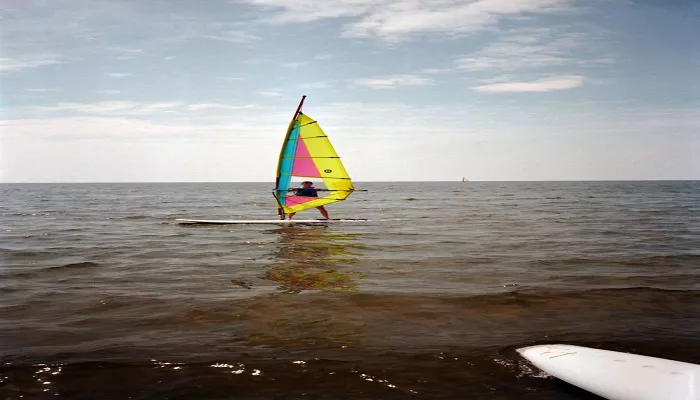From Beginner to Intermediate: More Practice
Building on the Basics: Several Sessions. After learning the basic skills, you’ll need to spend more time practicing to build on what you’ve learned. This includes sailing in different wind conditions, dealing with gusts, and improving your overall control. You might want to rent equipment and practice at a local beach or lake. Many windsurfing schools and clubs offer equipment rental and safety services. Spending several sessions of a few hours each over a period of weeks or months will help you become more confident and proficient in handling the board.
Fine – tuning Your Skills: Ongoing Process. As you gain more experience, you can start to fine – tune your skills. This involves working on your technique, such as improving your stance, adjusting the sail for better performance, and learning more advanced maneuvers. You can also observe other experienced windsurfers and learn from their techniques. Analyzing your own practice sessions by taking videos and reviewing them can also be helpful in identifying areas for improvement. This stage of learning is an ongoing process and can take several months to a year or more, depending on how often you practice.
Reaching an Intermediate Level: The 6 – Month to 1 – Year Mark
Consistent Performance: 6 – 9 Months. After several months of regular practice, you should be able to sail consistently in various wind conditions. You’ll be able to handle the board with more confidence, make accurate turns, and maintain your balance even in choppy waters. You’ll also start to develop a better sense of wind direction and how to use it to your advantage. By the 6 – to 9 – month mark, you should be considered an intermediate – level windsurfer.
Exploring New Areas: 9 – 12 Months. As you become more proficient, you can start to explore new areas and challenges. This might include sailing in different locations with varying wind and wave conditions, trying out different types of windsurfing boards and sails, and even participating in local windsurfing events or competitions. By the end of the first year, you should have a good understanding of the sport and be able to enjoy windsurfing as a regular activity.
Advanced Level: Beyond the First Year
Mastering Advanced Techniques: 1 – 2 Years. To reach an advanced level, you’ll need to spend at least one to two years practicing regularly. This involves mastering advanced techniques such as high – speed turns, jumps, and sailing in strong winds and large waves. You’ll also need to have a deep understanding of the physics of windsurfing and how to optimize your equipment for different conditions.
Competing and Specializing: 2 + Years. Once you’ve reached an advanced level, you can consider competing in more serious competitions or specializing in a particular aspect of windsurfing, such as freestyle, racing, or wave riding. This requires even more dedication and practice, and it can take several more years to become truly proficient in these areas.
Factors Affecting the Learning Time
Physical Fitness: Your level of physical fitness plays a significant role in how quickly you can learn windsurfing. The sport requires strength, balance, and endurance. If you’re already in good physical shape, you’ll likely find it easier to handle the physical demands of windsurfing and learn the skills more quickly.
Previous Experience: If you have prior experience with other board sports such as surfing, skateboarding, or snowboarding, you may have an advantage when it comes to learning windsurfing. These sports require similar balance and coordination skills, which can help you pick up windsurfing more easily.
Instruction Quality: The quality of instruction you receive is also crucial. Learning from a certified and experienced instructor can significantly speed up the learning process. They can provide you with proper guidance, correct your mistakes, and teach you the most efficient techniques.
Practice Frequency: The more you practice, the faster you’ll learn. Regular practice allows you to build on your skills and become more comfortable with the equipment and the movements. Try to practice as often as possible, even if it’s just for a few hours each week.
Conclusion
In conclusion, learning to windsurf is a journey that takes time and dedication. While the basic skills can be learned in a relatively short period, becoming a proficient windsurfer requires months or even years of practice. The key is to enjoy the process, be patient with yourself, and keep practicing. With the right attitude and approach, anyone can learn to windsurf and experience the thrill of gliding across the water with the power of the wind.

